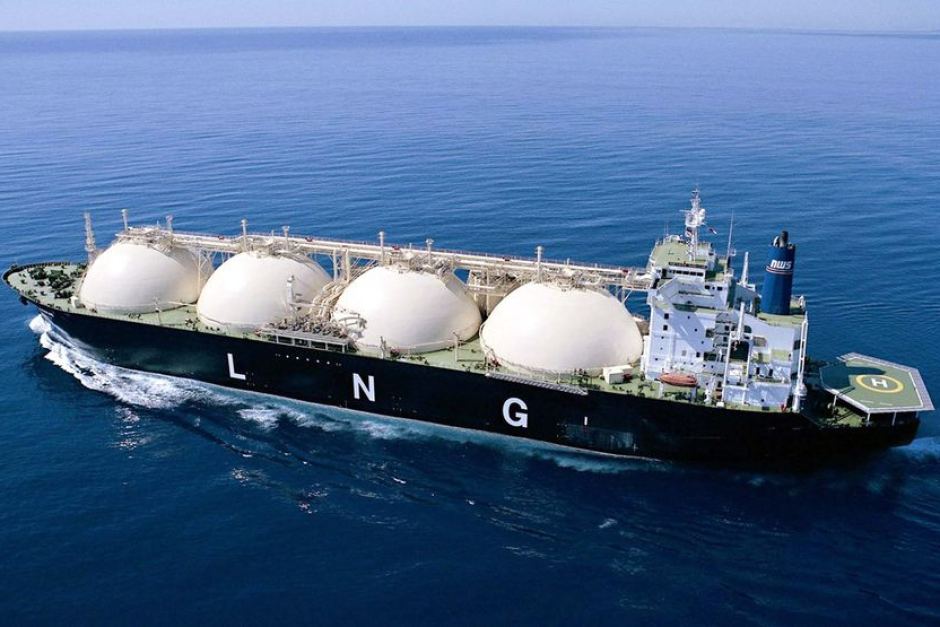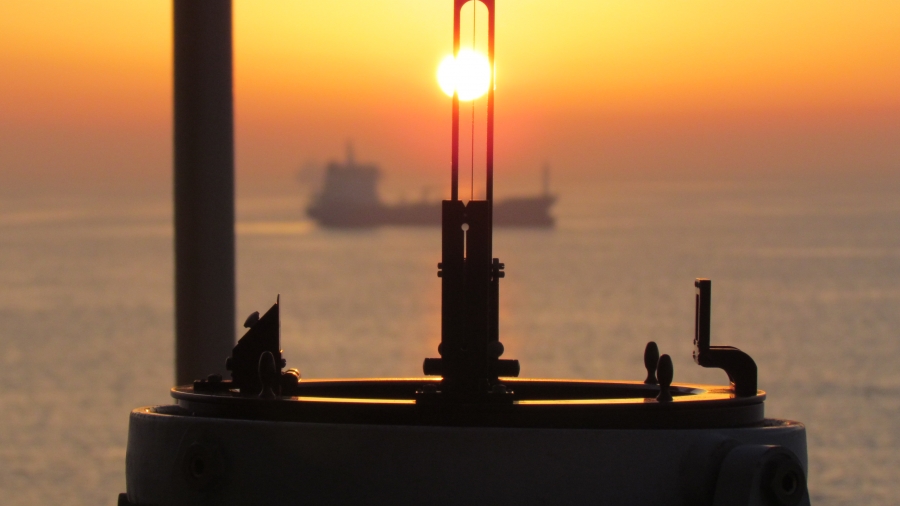Another great beneficiary of the Panama Canal Expansion will be Asia who imports LPG from the US.
The biggest beneficiary when the expanded Panama Canal opens for business in 18 months’ time will be arbitrage flow of LPG from the US to Asia, according to a Bernstein Research report released late Friday.
The canal’s expansion, when completed by 2015, will allow the passage of larger vessels, including very large gas carriers or VLGCs and LNG vessels, for the first time.
Sailing time for vessels from the East Coast of the US to the Asia-Pacific will be reduced to 25 days through the Panama Canal, versus 41 days currently going around Cape Horn and 43 days on the eastern route through the Suez Canal.
This would cut shipping costs by 30-50%, with the sailing time and freight rates through the Panama Canal comparable with those from the Middle East to Asia, the report said.
Not all commodities will lend themselves to the price and freight arbitrage between the US and Asian markets, Bernstein said. While coal prices have declined in the US as a result of the shale gas, weaker demand growth in China has also lowered prices in Asia. Oil product flows through the canal are also unlikely to increase significantly, given the limited spreads between East Coast product prices and Singapore, the report added.
Only an expansion of the Brent-WTI differentials would make this trade attractive, “which in our view is less likely going forward,” Bernstein analyst Neil Beveridge said in the report. LNG IMPACT SEEN LIMITED
LNG flows from the US to Asia would also benefit from the expansion of the Panama Canal, but the opportunity is likely to be limited by the US government, which Bernstein believes will restrict exports to less than 60 million mt/year by 2020.
Meanwhile, US LPG exports, currently around 5 million mt/year, are expected to grow to 10 million mt/year by 2015 and over 20 million mt/year by 2020 — at which point the country will overtake Qatar and Saudi Arabia as the world’s largest LPG exporter — according to Bernstein’s research.
The growth in North American LPG production has widened the spread between US LPG prices as measured at Mont Belvieu in Texas and the Middle East prices as measured by the Saudi Contract Price to $200/mt.
The expansion of the Panama Canal will cut shipping costs of US LPG to east Asia to around $100/mt from the $150-200/mt via Cape Horn, the report said. This would give a sharp boost to Asian demand for US LPG, putting downward pressure on Middle East LPG export prices, it added.
In fact, US LPG prices to Asia will be about $2.5/MMBtu cheaper than oil-indexed LNG prices into Japan, which are around $16.4/MMBtu, the report said. This pricing advantage could also slow down the conversion of households and industrial plants to natural gas from LPG, it added.
The Asia-Pacific region accounts for some 40% of global LPG consumption of around 260 million mt/year, and about 75% of global demand growth, the Bernstein report noted.
Increasingly, LPG is also being absorbed in the petrochemical industry, as feedstock for propane dehydrogenation units, which convert propane to propylene. While the US is growing PDH capacity, so is China, which has approved the construction of 17 PDH units that will require 12 million mt/year of additional LPG, which is most likely to come from the US, the report said.

